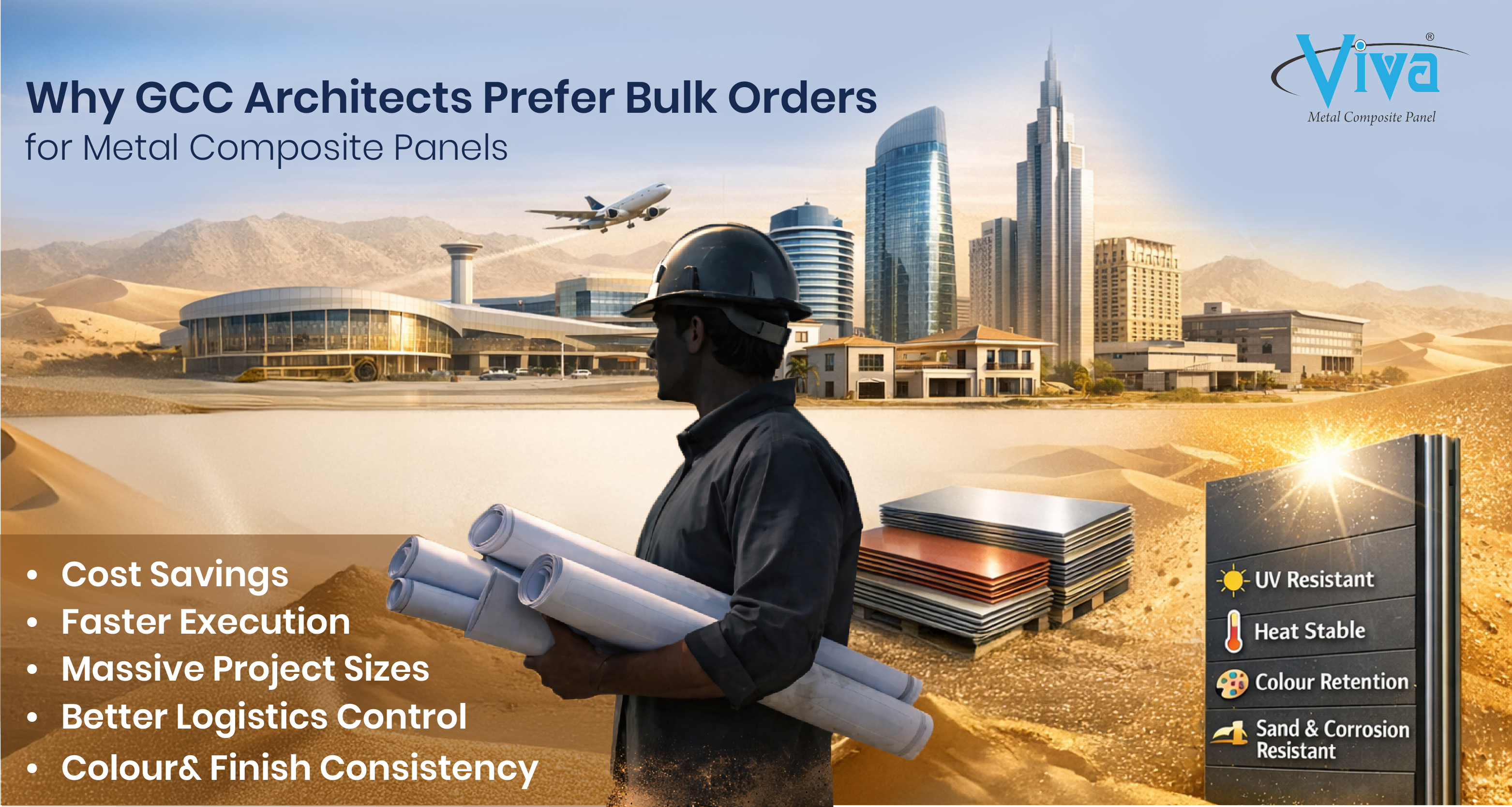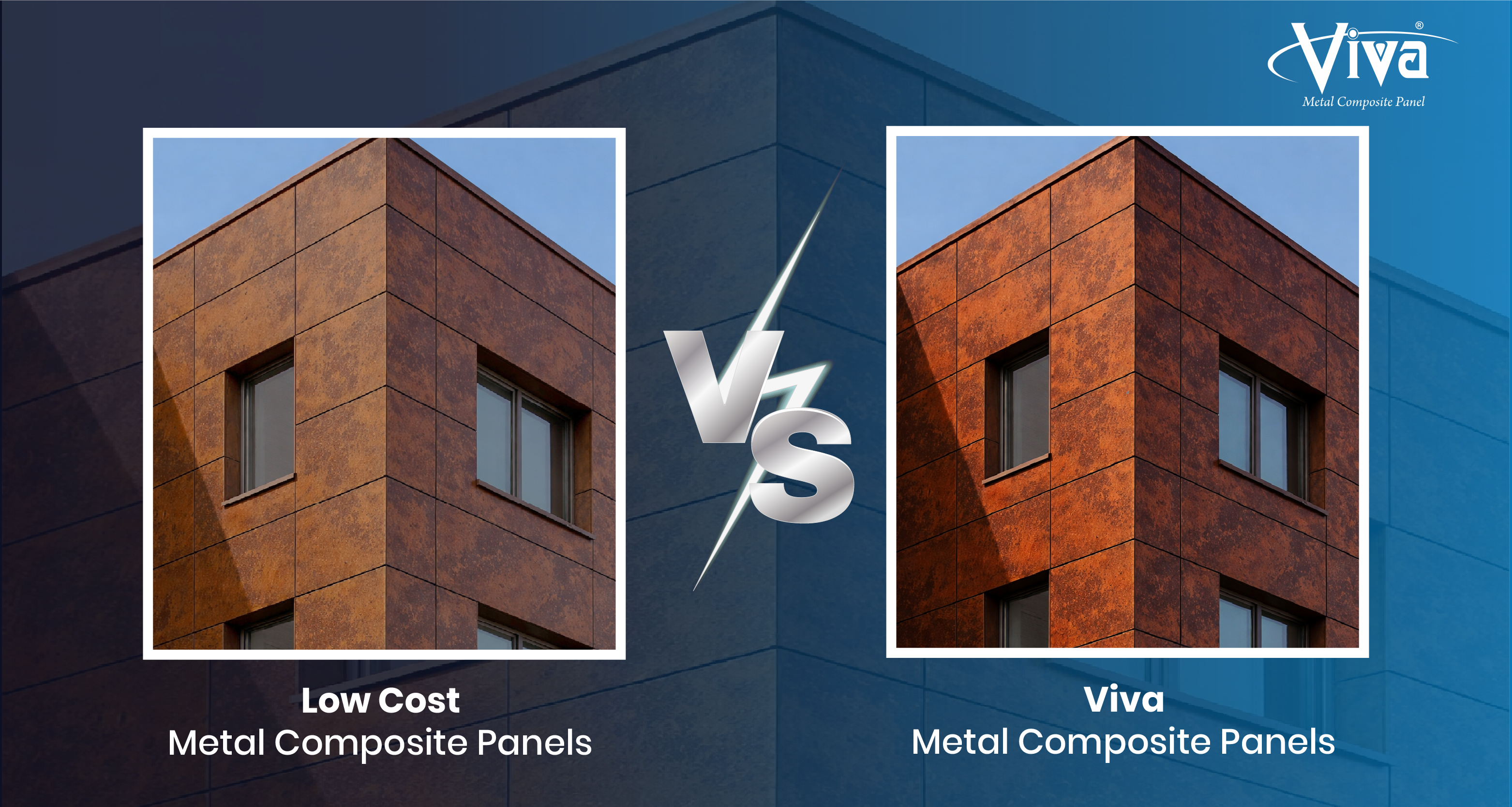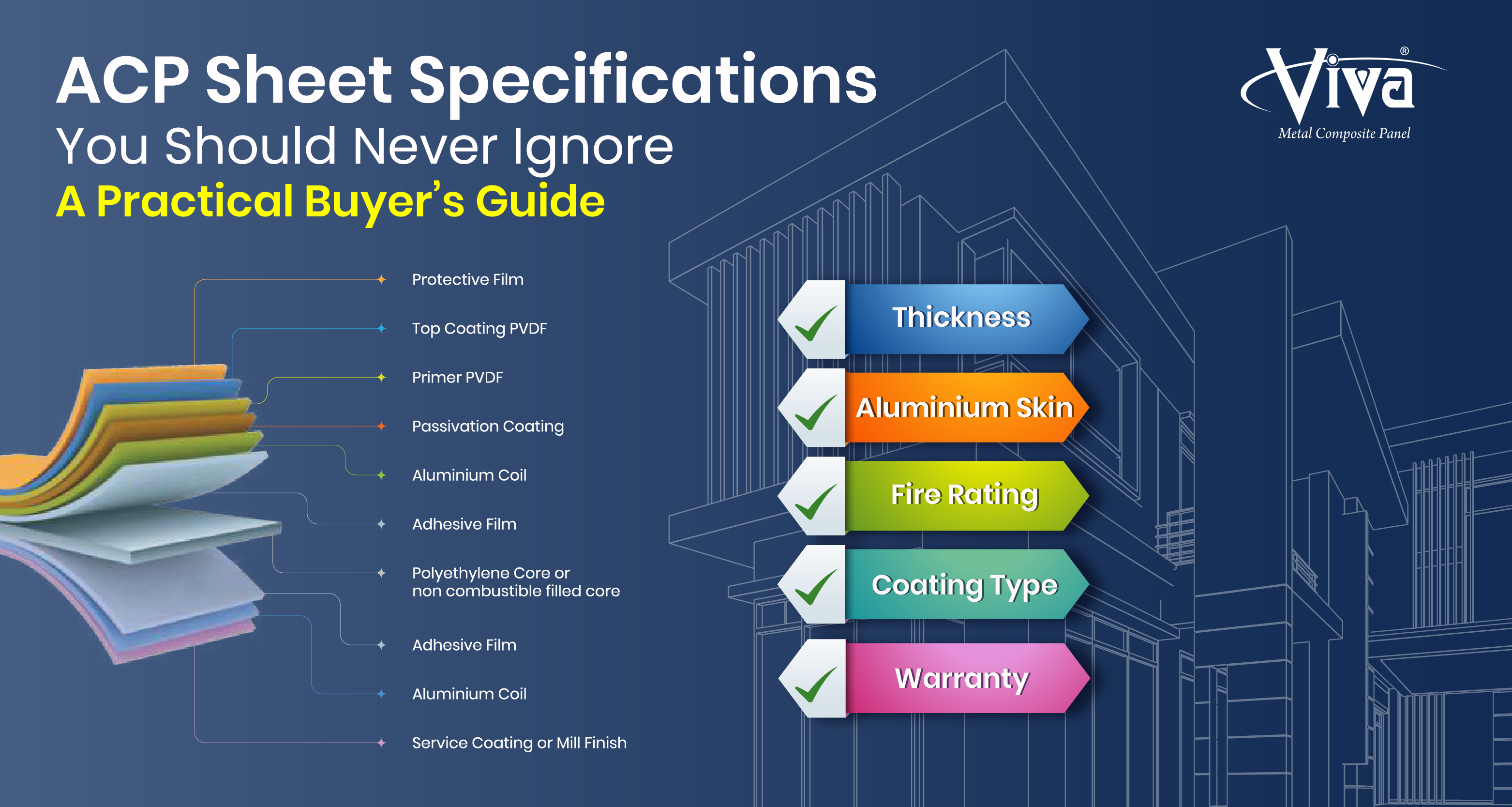
Widely used in residential and commercial architecture, ACP panels are a new generation construction material that is well-known for their convenient installation and the durability they impart to the building’s infrastructure.
The rigidity, lightweight, and versatility of ACP panels allow them to be fabricated and clad on flat or curved surfaces. ACP panels provide you with the luxury to work on diverse projects like custom panels such as column coverings, drill panels, pillars warps, canopies etc.
Apart from heightening the aesthetic appeal of your interior and exterior landscape, ACP cladding offers impressive weather-proofing, thermal and sound insulation, and weather-resistant properties to the building.
But even though ACP panels can easily be processed and are fabrication-friendly, that is, they are easy to cut, weld, bend, and rivet, not knowing the correct installation procedure can defeat the purpose of their application.
So allow us to first walk you through the installation process of ACP panels following which we shall discuss why such technical knowledge is imperative. Let’s dive in right away.
• Measurement: It's pretty much essential to measure the panel before you install it. The result of a small mistake in this step can ruin your efforts in the following steps.
• Fabrication: ACP panels can be cut, folded, or drilled with the help of special cutting tools. This stage also involves the installation of fasteners and extrusions.
• Waterproofing: The weather barrier is installed prior to applying the panels to the walls. During this step, the plywood is sprayed with a high-quality primer, and the weather barrier is applied or bituminous paint is applied on the wall to ensure the panels do not leak water.
• Mounting system: The mounting system ensures that panels are installed in a straight line. Upon installation, the panels are arranged in a fixed order. The order will vary depending on some factors, such as the priority given to corners and particular shaped areas.
• Installing ACP panels: This step entails, attaching the ACP panels to the mounting system. It is common to have a gap between the panels after installation. ACM panel manufacturers usually conceal gaps with matching strips of silicone. A final step includes using shims for levelling the panels and clips for attaching them.
Why the proper installation of ACP cladding is imperative?
The installation and fabrication of ACP cladding is no easy feat. ACP panels should be installed keeping in mind the elevation of the structure and the wind condition. Equipment expertise, strict deadlines, and excellent workmanship are some of the prerequisites to make the process a success.
Why does technical education matter for ACP cladding?
• The thickness, shade, grade, framework of ACP panels ought to be selected meticulously as per the load applied to ensure sustainable performance.
• Accurate measurements facilitate the appropriate grade and thickness to be used to suit varying projects.
• To determine the thickness of the ACP panel, it is necessary to calculate the wind speed that the facade experiences.
• The thermal movement caused by temperature fluctuations must be prevented by weatherproofing the ACP panels. If not, the ACP panels will bow, and the fasteners will lose their strength to an unacceptable degree.
Conclusion
What you choose to adorn your spaces defines your style and taste.
VIVA's ACP panels perform uncompromisingly well when installers apply the correct and expert-recommended Fabrication techniques. Thus, if you want to leverage the zero undulation, unmatched flexibility, and exceptional weather-proofing capabilities of VIVA’s ACP panels, a careful approach to installation is a must.
Also, do not keep the knowledge to yourself. Instead, we urge you to circulate this blog to anyone you know who is contemplating the use of ACP cladding.

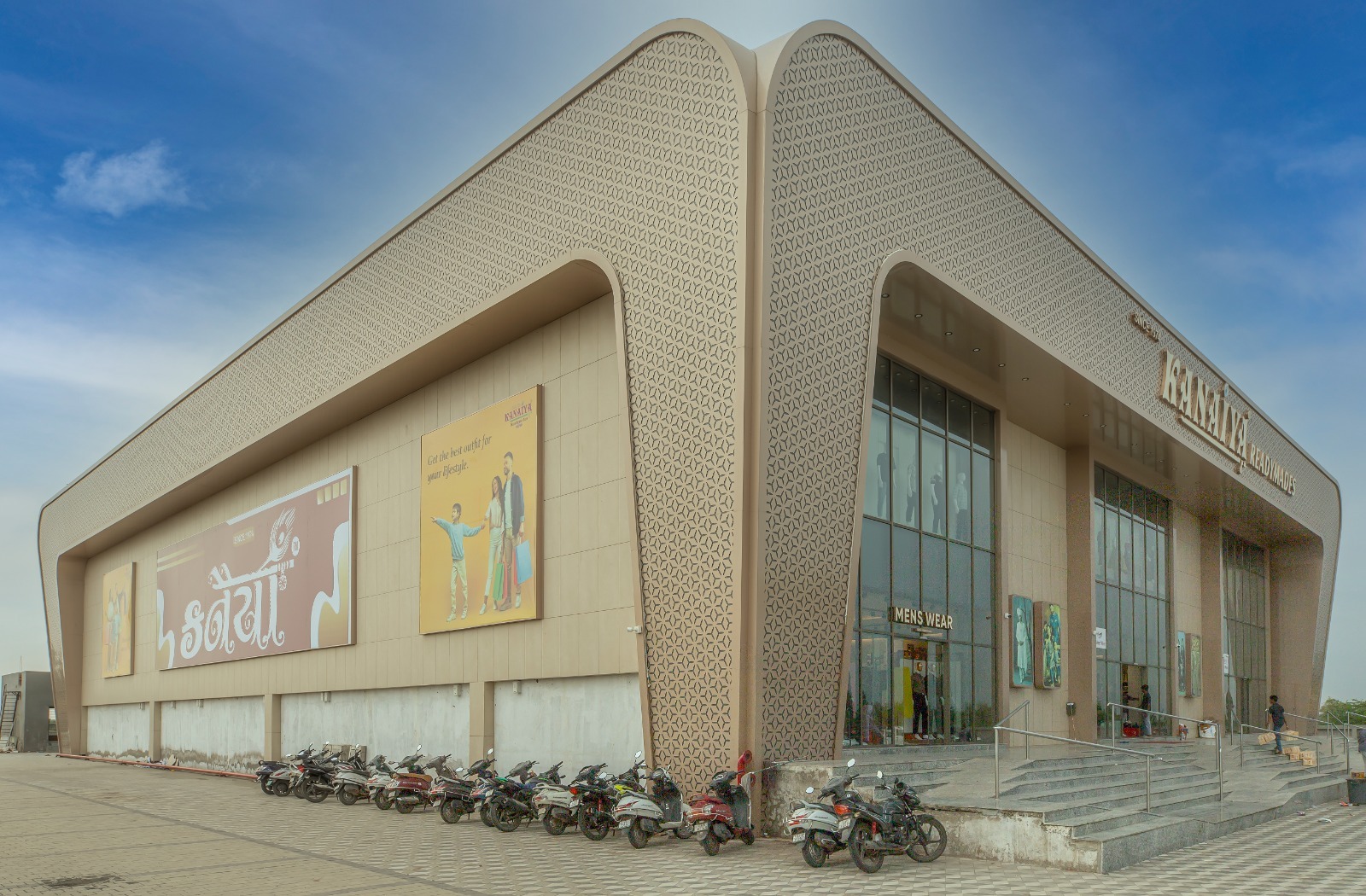
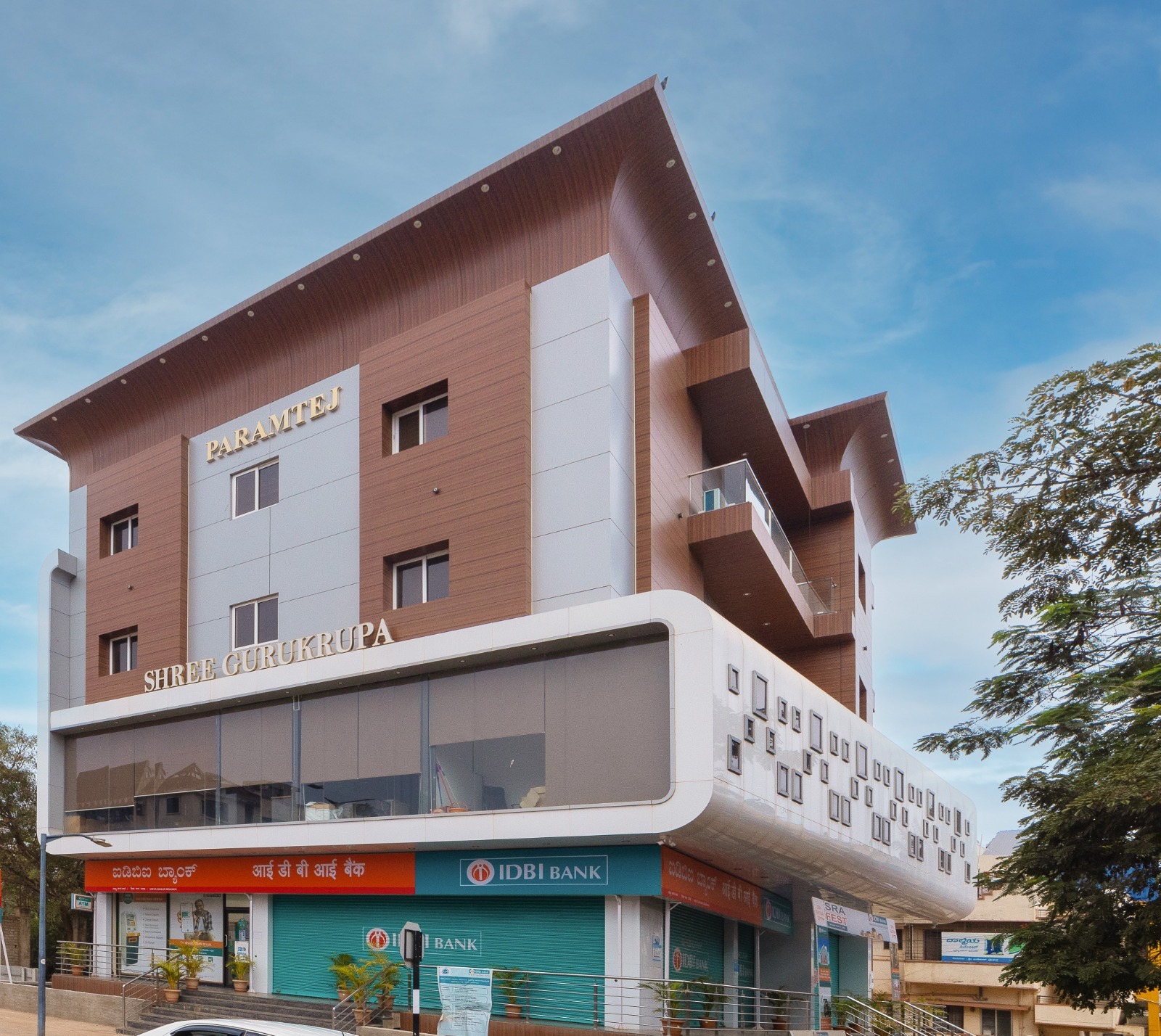


 en
en
 Spanish
Spanish Arabic
Arabic Swahili
Swahili French
French